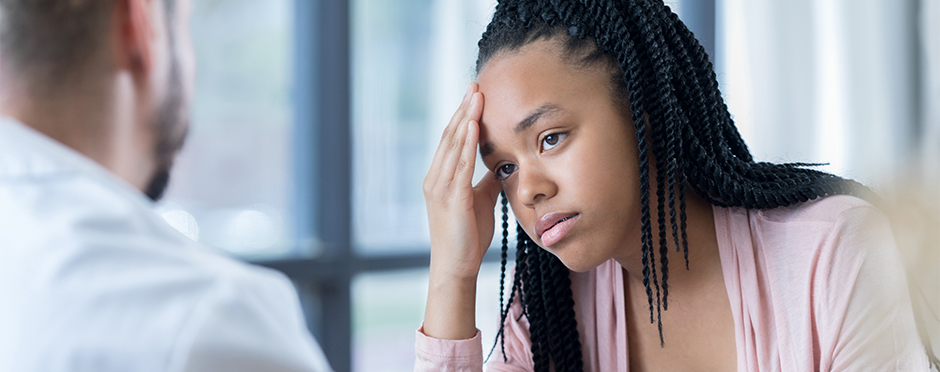
Concussions in Cheerleaders: Symptoms and Treatment
Leave a CommentCheerleaders are commonly seen on the sidelines of school and professional sporting events, but the sport is no longer reserved for the sidelines. Cheerleaders have their own competitions where they are in the spotlight. Competitive cheerleading participation is on the rise with teams ranging in age from 5 years old through college.
All-Star cheerleading is the name used to refer to cheer groups created for competition and not associated with any school or team. Competitive cheerleading is divided into groups according to age and each group has different levels according to experience. Cheerleaders perform tumbling, stunting and pyramids as part of their routines. As with any sport, injuries can occur.
Did you know that the most common injury in competitive cheerleading is concussions? The overall injury rate in cheerleading is low; however of those injuries, concussions account for 31.1 percent.1 You may be thinking this high rate of concussions would be from cheerleaders falling and landing on their heads. However, the cheerleading position that suffers the most concussions are the bases, the athletes who support the flyers in the air by holding them up and catching them. This position is at risk for concussions as a flyer may fall on top of them, or from a foot or elbow hitting them in the head as the flyer comes down from a stunt. In fact, it is more likely in cheerleading for a concussion to occur after contact with another athlete than with contact with the floor.1
Concussion Symptoms
Any one or more of the following signs and symptoms may indicate a head injury:2
- Headache
- Nausea or vomiting
- Dizziness
- Coordination or balance issues
- Blurred or double vision
- Light and noise sensitivity
- Feelings of sluggishness
- Memory or concentration problems
- Altered sleep patterns
Signs observed by coaches or other team members that may indicate a concussion has occurred:2
- Stunned or confused appearance
- Forgets arm motions or cheers
- Confused about formations in routines
- Unsure of surroundings
- Moves clumsily
- Loss of consciousness (long or short)
- Personality or behavior changes
- Forgets events right before or after a blow to the head
If a head injury or concussion is suspected, the athlete should not return to play prior to 24 hours after the initial incident and should be cleared by a physician prior to returning to sport.
Concussion Management
Concussion management is evolving through research. There is strong evidence to support an active approach to rehabilitation of concussions. Physical therapy is one way to help manage the symptoms following a concussion. Physical therapy can include management of neck pain and headaches, balance exercises, progression of exercise tolerance and cardiovascular activities, and vision training. Ideally, an athlete will complete a graded exposure program that starts with symptom limited activity, progress through light aerobic activity, and transition to sport-specific incremental intensity training. Finally, the athlete will be cleared to practice prior to being cleared to compete.
Speed of recovery after concussion is individualistic for each athlete and may be affected by severity of trauma, area of the brain injured, age, gender, past medical history, and previous history of concussions.
Please visit our concussion page to learn more about our services.
The Athletico blog is an educational resource written by Athletico employees. Athletico bloggers are licensed professionals who abide by the code of ethics outlined by their respective professional associations. The content published in blog posts represents the opinion of the individual author based on their expertise and experience. The content provided in this blog is for informational purposes only, does not constitute medical advice and should not be relied on for making personal health decisions.
References:
1. https://rethinkconcussions.upmc.com/2017/01/infographic-facts-cheerleading-concussions/
2. USA cheer Head Injury Fact Sheet and Policy
